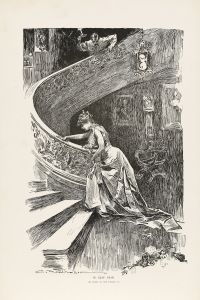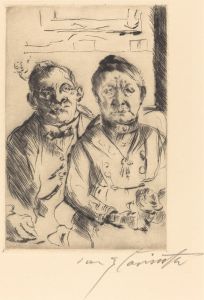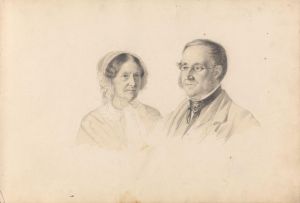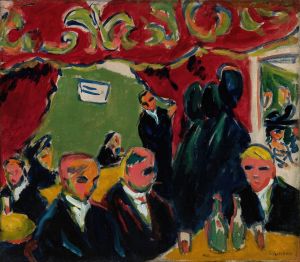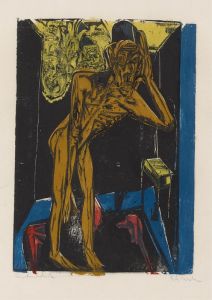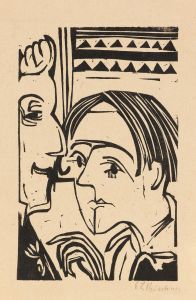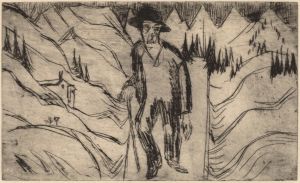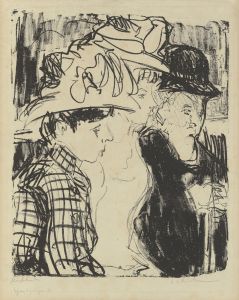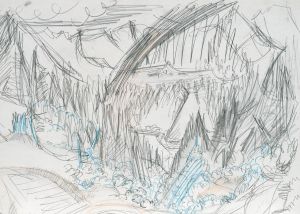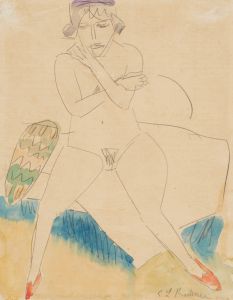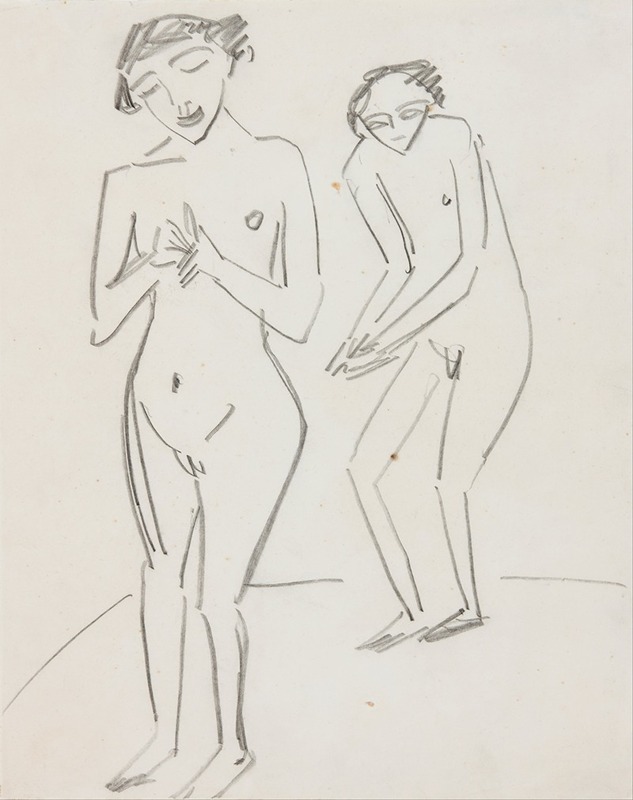
Man and woman
A hand-painted replica of Ernst Ludwig Kirchner’s masterpiece Man and woman, meticulously crafted by professional artists to capture the true essence of the original. Each piece is created with museum-quality canvas and rare mineral pigments, carefully painted by experienced artists with delicate brushstrokes and rich, layered colors to perfectly recreate the texture of the original artwork. Unlike machine-printed reproductions, this hand-painted version brings the painting to life, infused with the artist’s emotions and skill in every stroke. Whether for personal collection or home decoration, it instantly elevates the artistic atmosphere of any space.
"Man and Woman" is a painting by the German expressionist artist Ernst Ludwig Kirchner, created in 1913. Kirchner was a founding member of the influential artist group Die Brücke (The Bridge), which played a crucial role in the development of Expressionism in the early 20th century. This movement sought to convey emotional experience rather than physical reality, often through bold colors, distorted forms, and vigorous brushwork.
The painting "Man and Woman" exemplifies Kirchner's distinctive style, characterized by its dynamic composition and vibrant palette. The work depicts a man and a woman in an intimate, yet somewhat ambiguous, interaction. The figures are rendered in a manner that emphasizes their emotional states rather than their physical likenesses. Kirchner's use of exaggerated forms and intense colors serves to heighten the emotional impact of the scene.
Kirchner's work often explored themes of modern life, urban experience, and human relationships, reflecting the rapid changes and tensions of the early 20th century. "Man and Woman" can be seen as part of this broader exploration, capturing the complexities of human interaction in a modern context. The painting's composition, with its angular lines and stark contrasts, creates a sense of tension and dynamism, drawing the viewer into the emotional world of the subjects.
Ernst Ludwig Kirchner was deeply influenced by non-Western art, particularly African and Oceanic art, which he encountered through ethnographic museums and collections in Germany. This influence is evident in the stylized forms and bold patterns that characterize much of his work, including "Man and Woman." Kirchner's interest in these art forms was part of a broader trend among European avant-garde artists of the time, who sought to break away from traditional Western artistic conventions and explore new modes of expression.
Throughout his career, Kirchner faced significant personal and professional challenges. He struggled with mental health issues and addiction, which were exacerbated by the trauma of his service in World War I. Despite these difficulties, he continued to produce a prolific body of work that has had a lasting impact on the history of modern art.
"Man and Woman" is housed in the collection of the Brücke Museum in Berlin, which is dedicated to the work of the Die Brücke artists. The museum holds an extensive collection of Kirchner's work, providing valuable insights into his artistic development and the broader context of the Expressionist movement.
Kirchner's legacy is marked by his innovative approach to form and color, as well as his ability to capture the emotional intensity of human experience. "Man and Woman" stands as a testament to his skill as an artist and his contribution to the evolution of modern art.





